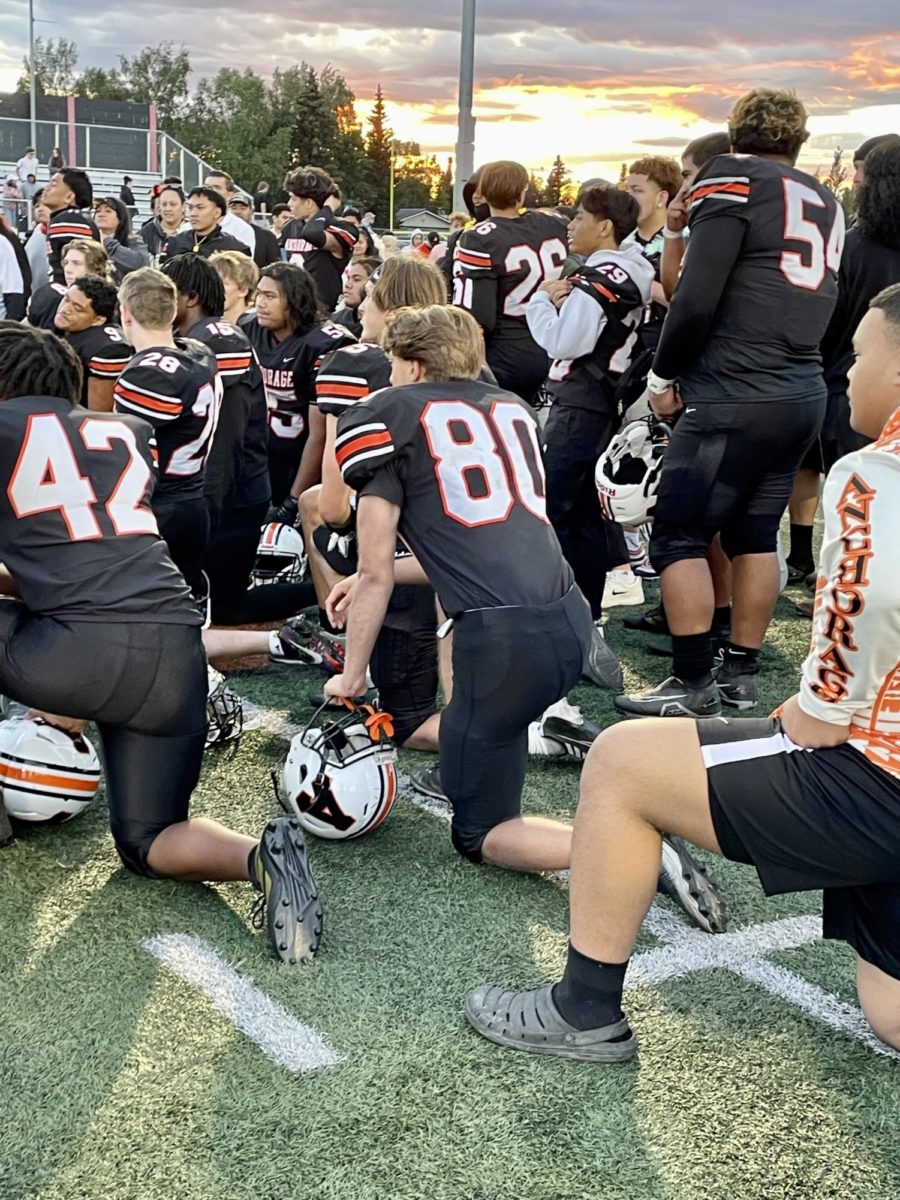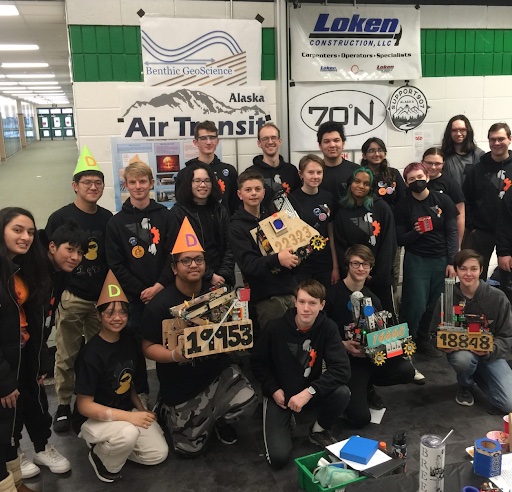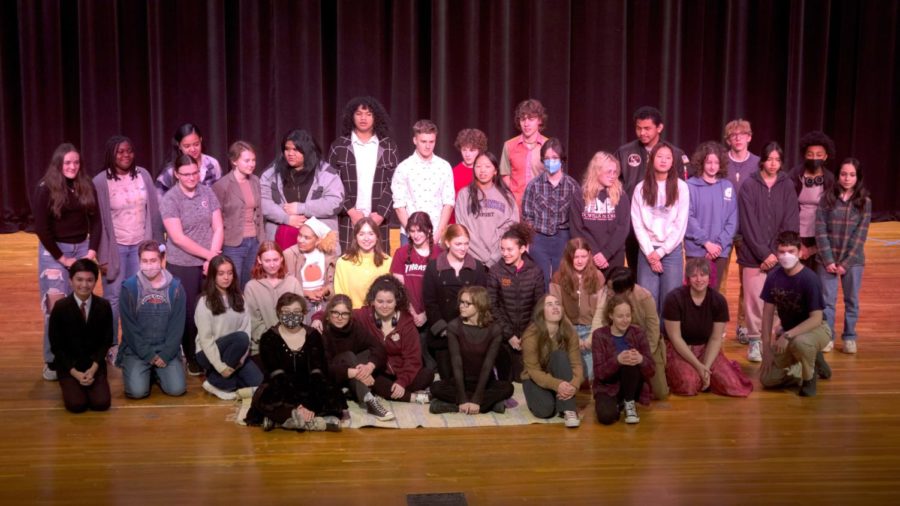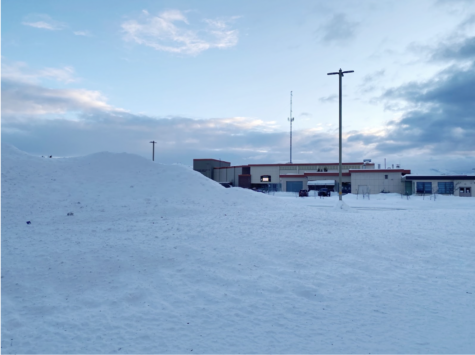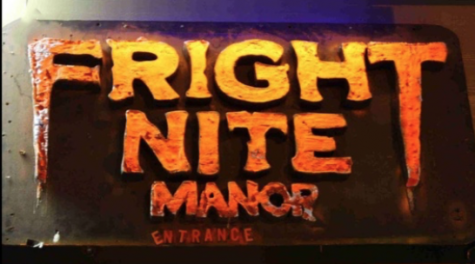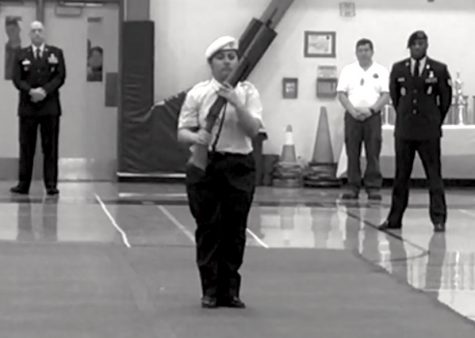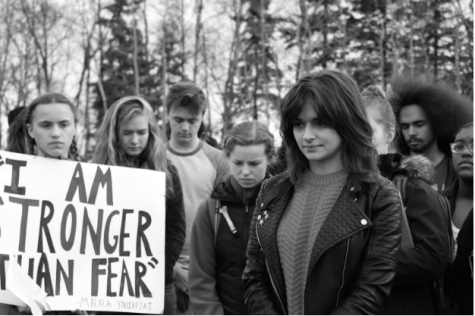Fur Rondy Sled Races Faced With Changes
April 5, 2016
This year’s World Championship Sled Dog Race at Fur Rendezvous faced some major changes during the annual event that took place from February 26th through February 28th in downtown Anchorage. The three-day race was reformed to comply to environmental changes with a lack of snow for the mushers and sled dogs.
Instead of the usual race that consists of three days of mushing, with 25-mile races each day, this year’s Rondy Invitational only added up to ten miles each day. With race coordinators arranging for transportation of snow from Fairbanks to make up for the bare concrete roads on 4th Avenue, locals are hopeful for keeping the Alaskan tradition alive.
After a cancellation of the world championships in 2015, mushers were persistent for some kind of a race this year. Rondy-goer, Madeline Courrier, stated, “the races are what we all look forward to at Fur Rondy.”
The sled dog races have been taking place since 1946, and since then have seen some major changes and challenges. Former Alaskan dog musher, Jeffrey Callahan, said, “we’ve never seen winters like this.” With 2015 recorded as the warmest year in history, the future of the races is in question. Callahan expressed his worry that the winters will continue to lack snow, “keeping Alaskans from a major part of Fur Rondy history.”
Not only do the races bring in mushers, dogs, and spectators from around the world, it also brings in their money. Local business manager at Sevigny Studio, Bill Waltz, describes Alaska’s need for such events, and the revenue that Fur Rondy brings to small Alaskan businesses. “It’s one of the busiest weekends of the year, we would take a big hit if it didn’t take place.” With the store located on the same street as the races, it’s a hot spot for both locals and tourists to stop in, warm up, and make purchases. Waltz describes that the Alaskan economy thrives off of such events.
Even with snow and temperature issues, many people came to support and watch the sled dog races, filling 4th Avenue with the sound of barks and cheers. Although the sled dog teams had to shorten the number of dogs that participated (due to smaller trails), the exciting energy was still present. This year’s winner, Michael Tetzner, averaged three-minute miles with his team.
The hardships that were overcome this year prove Alaskan’s perseverance and the importance of Fur Rondy in Alaskan culture. As one part of the 10-day festival, the sled dog races will likely be prioritized for many more years to come.


